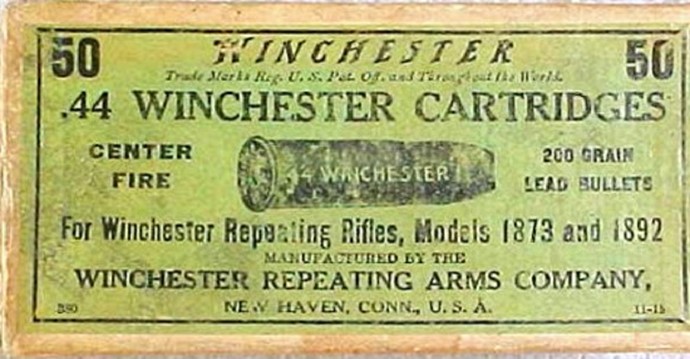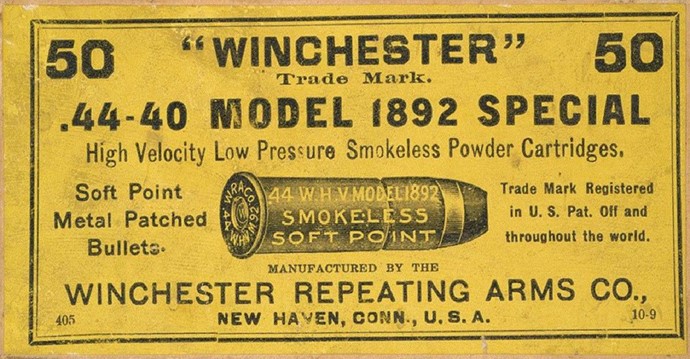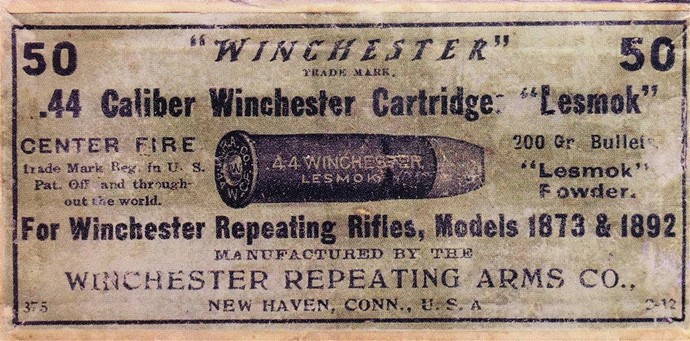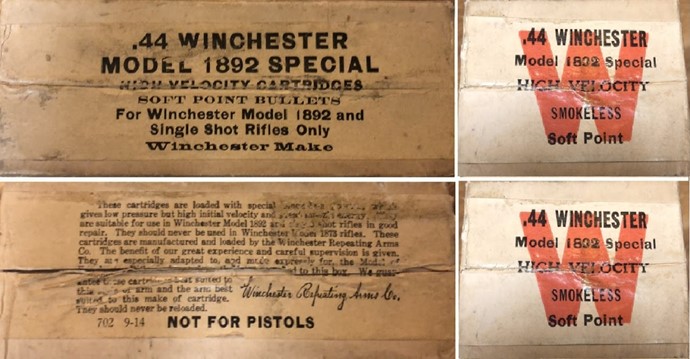Outdoor Life - 1918
An interesting correspondence below regarding what both parties are calling factory Low and High velocity loads. Because he is referring to a previous mention, there is a third person referring to normal loads as "low velocity" loads. No such thing back then as modern low recoil cowboy loads. I have never heard or read before of anyone referring to normal loads as "Low Velocity" loads. Thus, it would appear that both offerings (Factory Normal Loads as well as Factory WHV Loads) were well known at the time...but it is still unknown if the shooter was actually shooting normal loads or accidentally shooting WHV loads in a revolver.
Reading Ashley A. Haines' article on six -guns, on page 278 he states, “I have shot several boxes of low-velocity Winchester 44-40 cartridges. Winchester make, remember, in the S. A. S. & W. without gun becoming shaky. Don't know as it would be well and safe to feed steadily or not to this critter." Surely the above made me just a bit nervous, for as I read it this .44-40 Winchester low velocity is a bit too much for a six-gun to handle. I've just gone through the second box of Winchester .44-40s in my Colt New Service 5 1/2" barrel, and although I thought the recoil a bit severe, I did not think it would hurt the gun any, if at all but if the load is too much, I surely want to drop it at once; it sure is heavy. The recoil was such that I could not do any amount of shooting without flinching, neither could I do good accurate work with this .44-40 low-velocity Winchester. Could you recommend a factory load that would not be dangerous like the above .44-40 , and still be a fairly hard-hitting load without the heavy recoil?
-John L. Timmer, Muskegon, Mich.
Answer . — There have been, as we remember, four different kinds of .44-40 cartridges made, namely, .44-40 black powder, .44-40 Lesmok powder, .44-40 low velocity smokeless , and the .44-40 W. H. V., which latter is intended for and should be used only in 1892 Model Winchester rifle, or a rifle of equal strength in its action. The .44-40 W. H. V. is too strong for revolvers. The only light factory load in this cartridge is the one made for the Marble Game Getter, which is loaded with bullet of er 115 grains and powder .34 grains. If you get a hard-hitting bullet you must have some recoil . If you flinch with heavy charges, drop back and practice with a smaller caliber for a while, then work up to a larger one again .The Colt or Smith & Wesson revolvers are perfectly safe to shoot either the black powder, or low velocity cartridge -L. K.
44-40 Website - https://sites.google.com/view/44winchester/chasing-the-44-40
















